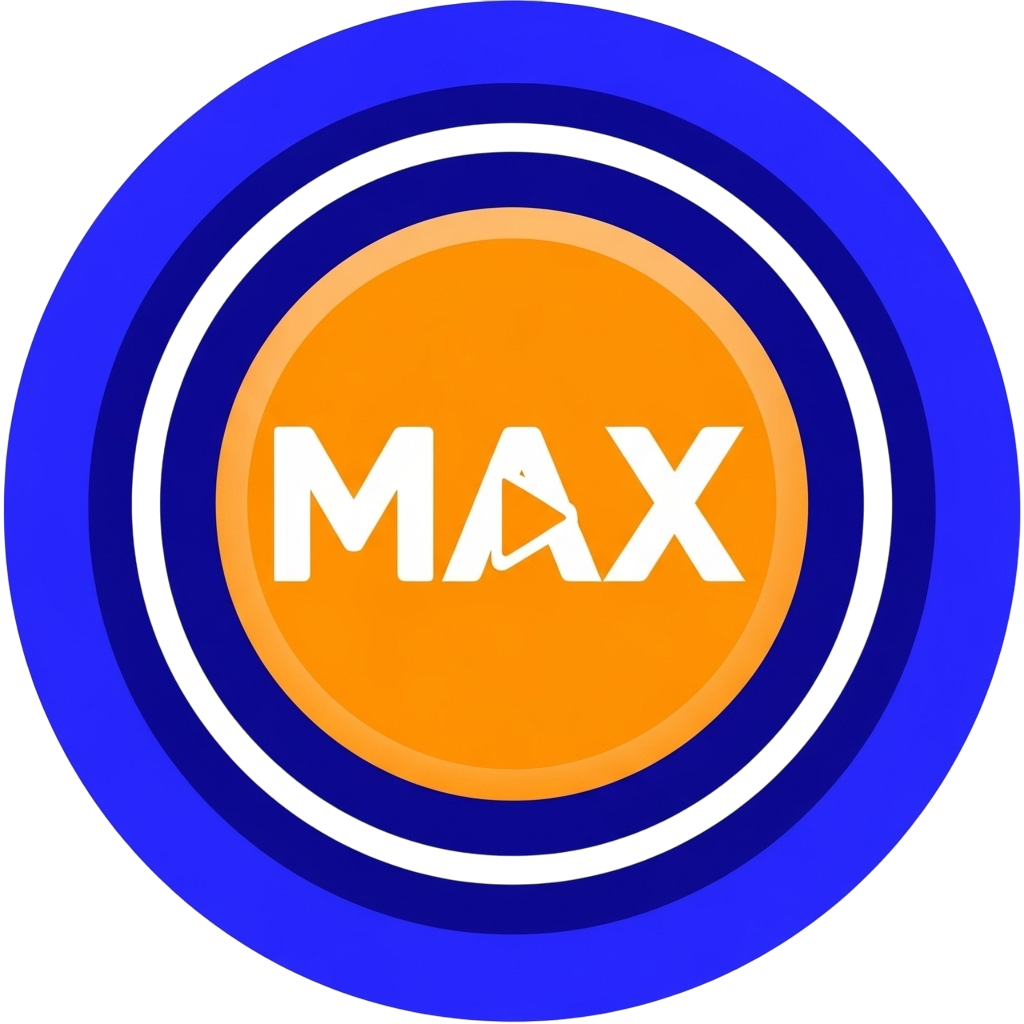Mario is, without question, one of the most recognizable characters in global popular culture, having first appeared in Nintendo's Donkey Kong arcade game in 1981. Yet, while the character himself is iconic, his most enduring legacy on the internet often boils down to a few seconds of audio.
The
Mario Soundboard is a digital compilation of these distinctive voice clips and sound effects—from his signature "It's a me, Mario!" catchphrase to the classic "Bwoing!" of a coin being collected. This collection is famous because it provides a universal language for gamers and internet users, instantly injecting humor, nostalgia, or chaotic energy into any digital content.
The Legacy and Influence of Iconic Gaming Audio
Where Did Mario’s Signature Audio Clips Originate?
The power of the Mario Soundboard lies in its authenticity. The original and instantly recognizable sound effects, such as the famous Super Mario Bros. jump, coin collection, and power-up jingles, were all created by legendary Nintendo composer Koji Kondo.
Later, the expressive vocalizations that define the soundboard-like "Wahoo!" and "It's a me!"-were provided by the character’s long-time voice actor, Charles Martinet. These sounds are not random; they are the result of decades of expert sound design, making them uniquely memorable and highly effective for use in parodies and digital soundboards.
Tracing the Viral Path of the Soundboard Concept
The soundboard did not emerge from a single event but grew organically alongside the rise of user-generated content, streaming, and short-form video platforms.
Its popularity intensified as content creators began isolating, remixing, and editing specific clips for comedic purposes. Key examples that propelled the soundboard concept include:
- The Mario Fall/Death Scream: A heavily manipulated or repeated version of Mario's panicked yell (often sourced from games like Super Mario 64), used as the ultimate sound for extreme failure or chaotic moments in videos.
- Sound Effects Variations: The proliferation of videos that take a single Mario sound (like his death noise or catchphrase) and mutate it into dozens of comedic variations, creating an endless supply of meme-worthy audio.
The Mario Soundboard essentially became the ultimate tool for instant reaction comedy, allowing creators to tap into widespread gaming nostalgia.
Mastering the Art of Soundboard Comedy and Emphasis
Understanding how to use the Mario Soundboard is key to maximizing its comedic potential. Users typically deploy these clips to create specific emotional or humorous effects:
- Extreme Reaction: The Mario scream is the go-to sound for moments of absolute panic, defeat, or surprise.
- Rewarding a Win: The iconic coin or 1-Up sound effect is perfect for celebrating a small victory, receiving a notification, or getting a desired result (even ironically).
- Parody and Ironic Entrance: Using "It's a me, Mario!" as an announcement of arrival, especially when the person or event is ordinary or disappointing, adds a layer of ironic humor.
- Reinforcing Lore Memes: Sound clips are used to punctuate jokes about fan theories, such as Mario's supposed status as "a jackass" or bizarre origin stories like the "Dr. Mario’s Wacky Origins" meme.
Final Thoughts on an Enduring Pop Culture Icon
The Mario Soundboard stands as a testament to the enduring power of classic video game audio. It's more than just a collection of noises; it is a versatile comedy tool rooted in shared cultural history, ensuring Mario's voice and sounds will echo across the internet for years to come.
Looking for more sonic artillery to amplify your content? Whether you need to punctuate a moment of hilarious failure with a game sound or create a moment of shocking emphasis with the
Flashbang Soundboard, soundboardmax.com is your ultimate source for the best branded soundboards. Start your sonic adventure today!
